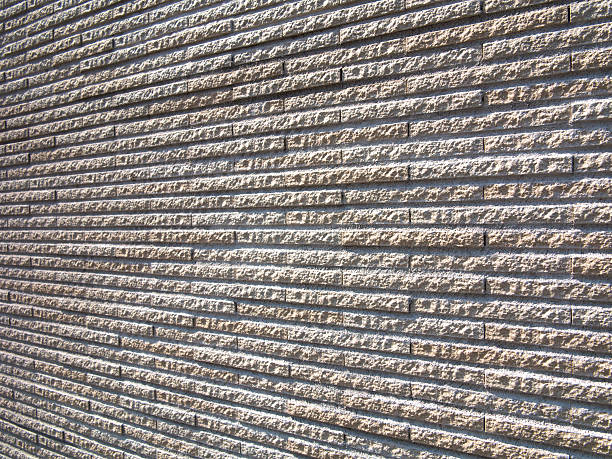In the realm of interior design and architecture, the quest for innovative materials that offer both aesthetic appeal and practical functionality is unending. Enter flexible stone veneer—a cutting-edge solution that has revolutionized the way designers approach surface finishes. Combining the natural beauty of stone with unparalleled flexibility, this versatile material has swiftly gained popularity for its ability to transform spaces in ways previously unimaginable. In this article, we delve into the world of flexible stone veneer, exploring its features, applications, and the impact it has had on contemporary design.
Understanding Flexible Stone Veneer:
Flexible stone veneer represents a modern evolution of traditional stone veneer, offering all the aesthetic benefits of natural stone in a form that is lightweight, adaptable, and easy to install. Crafted from thin layers of genuine stone—such as slate, quartzite, or mica—bonded to a flexible backing material, this innovative product retains the texture, color, and visual appeal of solid stone surfaces while introducing newfound versatility.
Unleashing Creative Freedom:
One of the most compelling aspects of flexible stone veneer lies in its ability to conform to a wide range of surfaces and contours. Unlike rigid stone slabs, which are limited in their application to flat or gently curved surfaces, flexible veneer can be bent, curved, and shaped to fit even the most intricate architectural elements. This flexibility empowers designers to explore new design possibilities, from sinuous curves and irregular shapes to dynamic feature walls and sculptural installations. By breaking free from the constraints of traditional materials, flexible stone veneer opens the door to limitless creativity and expression.
Applications Across Industries:
The versatility of flexible stone veneer extends across a diverse array of industries and applications. In residential settings, it can be used to create striking accent walls, elegant fireplace surrounds, or custom kitchen backsplashes, adding a touch of sophistication and luxury to interior spaces. In commercial environments, flexible veneer finds applications in retail storefronts, hospitality interiors, and corporate offices, where it lends a sense of timeless elegance and professionalism. Moreover, its weather-resistant properties make it suitable for exterior use, allowing architects to clad building facades, entryways, and outdoor living spaces with the natural beauty of stone.
Ease of Installation and Maintenance:
Despite its sophisticated appearance, flexible stone veneer is surprisingly easy to install and maintain. Unlike solid stone slabs, which often require specialized equipment and skilled labor for installation, flexible veneer can be cut, trimmed, and adhered using standard tools and techniques. Its lightweight construction reduces the structural load on buildings and facilitates transportation and handling, resulting in cost savings and increased efficiency. Furthermore, once installed, flexible stone veneer requires minimal maintenance, with periodic cleaning and sealing ensuring long-lasting durability and aesthetic appeal.
Conclusion:
As the demand for innovative design solutions continues to grow, flexible stone veneer has emerged as a game-changer in the world of interior design and architecture. Offering a harmonious blend of natural beauty, flexibility, and ease of installation, this versatile material has redefined the possibilities for surface finishes, empowering designers to unleash their creativity and transform spaces with unparalleled elegance and sophistication. Whether used in residential, commercial, or outdoor settings, flexible stone veneer stands as a testament to the transformative power of innovation in shaping the built environment for generations to come.

